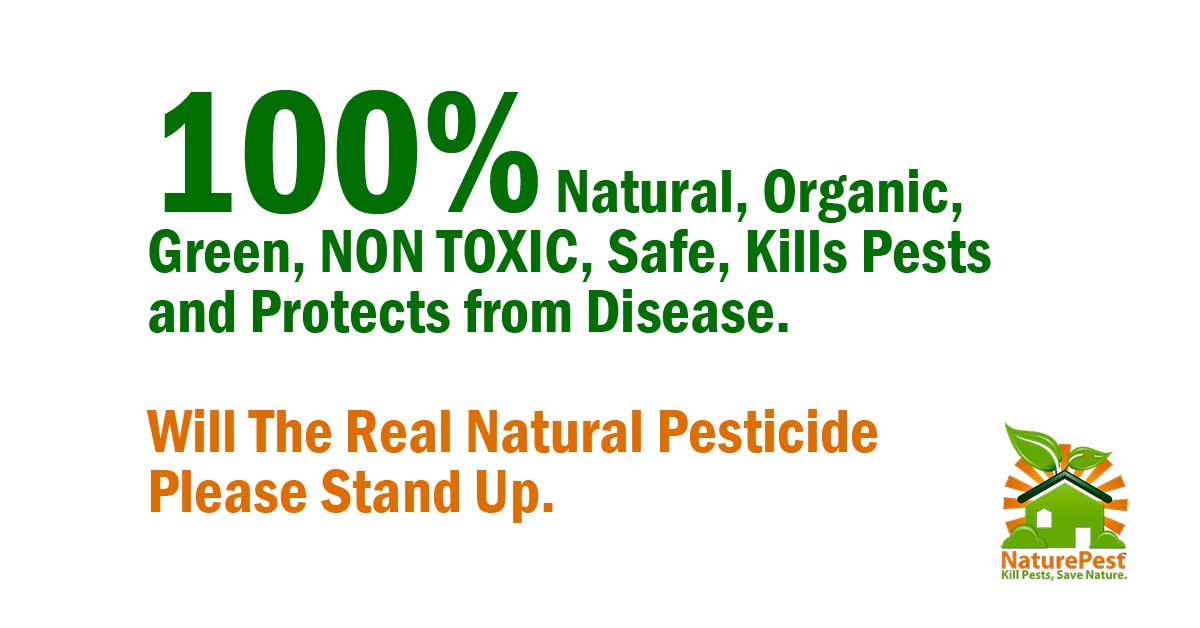Will The Real Natural Pesticide Please Stand Up.
With the need for a natural pesticide and repellent to control mosquito and repel insects such as moths due to the concerns about the toxicity of both naphthalene the active ingredient in moth balls and Deet the most common active ingredient in mosquito repellents, this given rise to products that are Natural or Organic with a FIFRA 25b Exemption that contain Cedar Oil, Thyme oil, Gerin oil, Mint oil, Garlic oil and other botanical extracts.

But until now no one knew what oil was being used, quality, origin, purity or concentration since theses “natural products” are exempt from being registered with the EPA because the active ingredients are on the EPA FIFRA 25b exemption list for reduced risk pesticide enacted in the Code of Federal Regulations (40 CFR 152.25(f)).
The new labeling law which goes into effect February 26, 2016 will require all manufactures making any product with the active ingredient on the exempt list to disclose the active and inert ingredients with a CAS Registration Number in order to inform the buyer of which exact ingredients are used in the manufacturing of these products. All manufactures must be in compliance of the new label requirement by February 26, 2019
Why does this matter
Active ingredients are chemical compound that causes the repellency or death of the insect or organism but where did it come from, if you claim it’s maid in the USA but the active ingredient came from China you have deceived the buyer. If you claim a certain purity such “made from the purest oil Extract” how do you know that is true since there is no federal requirement to register the product and it has not been evaluated. It’s the typical snake oil salesman routine with a new twist.
There are 6 Conditions that must be met by the manufacture in order to qualify for an exempt pesticide status.
1: The active ingredients must be listed in 40 CFR 152.25(f)(1).
2: The inert ingredients are listed in 40 CFR 152.25(f)(2).
3: All of the ingredients both active and inert must be listed on the product label.
4: The product must not make a claim to either control or mitigate organisms that may pose a threat to human health. Example (Controls Mosquitoes which may spread West Nile Virus)
5: The name of the manufacturer whom produced the product and the producer’s contact information must be displayed prominently on the product label.
6: The product label cannot include or make any false or misleading statements about the product.
With the new requirements the CAS number will let you know the chemical compound used such as Cedar Oil.
CAS Number 8000-27-9 Cedarwood oil, Virginia
Also Known As
Chinese cedarwood oil (Cupressus funebris)
Kenyan or East African cedarwood oil (Juniperus procea)
Moroccan or Atlas cedarwood oil (Cedrus atlantica)
CAS Registry Number: 68990-83-0 Texas cedarwood oil (Juniperus mexicana)
CAS Registry Number: 68917-35-1 Western red cedarwood oil (Thuja plicata)
https://www.cas.org/content/chemical-substances/faqs
You will also now know the inert ingredients added to the Exempt list
An inert ingredient could be an emulsifier to allow the oil to mix with water or it could be a synergist to enhance the performance as well as a surfactant to enable it to stick to plant leaves extending the life of the natural product in the environment.
These inert ingredients must also be on the Exempt list and have a CAS Registration Number.
In our pest control business we use these natural products as part of our Integrated Pest Management program to perform many pest control service, most are as effective as the more toxic synthetic insecticides and are part of our bed bug control protocol and as well as our natural mosquito and ornamental pest control for whiteflies, aphids, scale, thrips and meallybug.
We only purchase our natural products from leading industry manufacturers that have university tested products such as EcoVia, EcoRaider and Topia.







